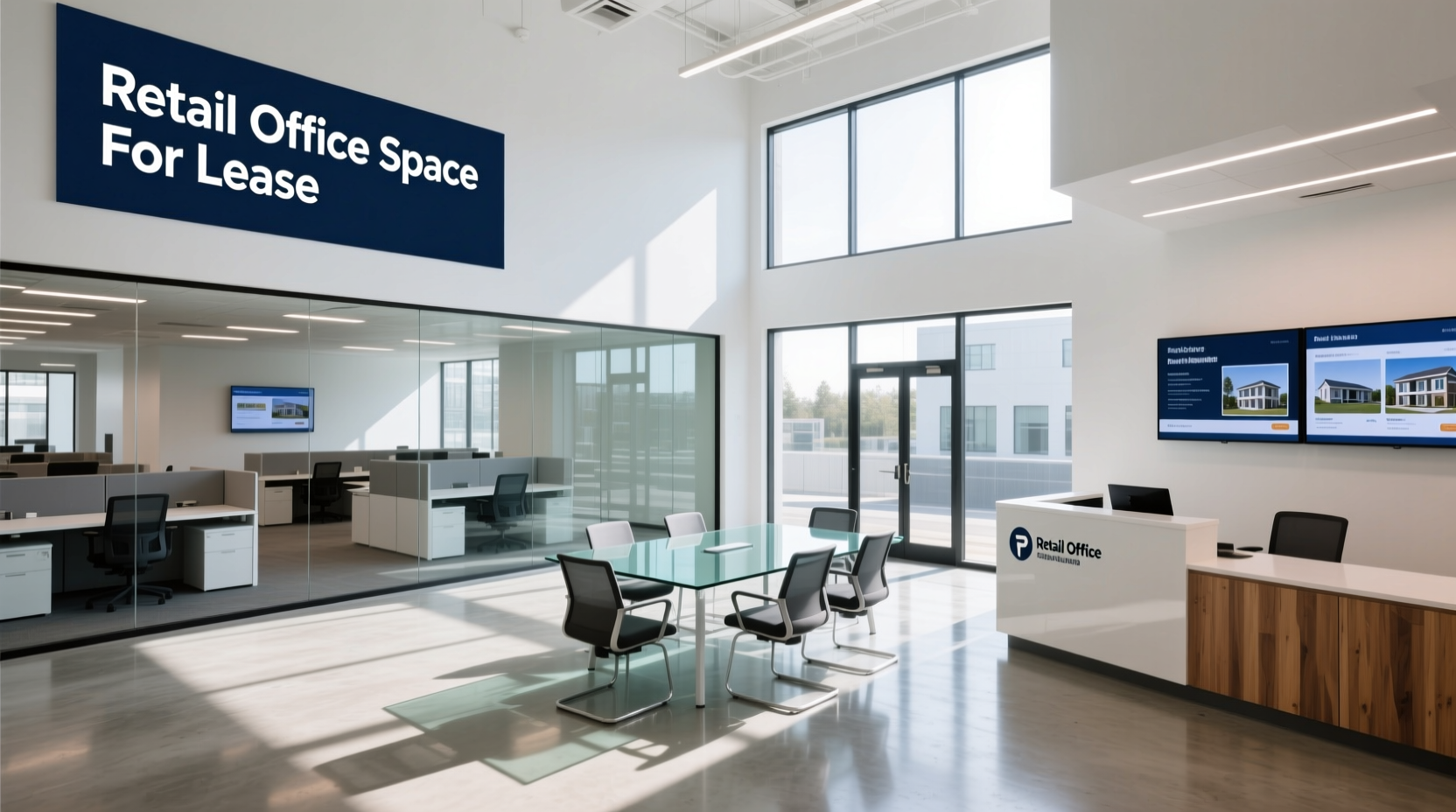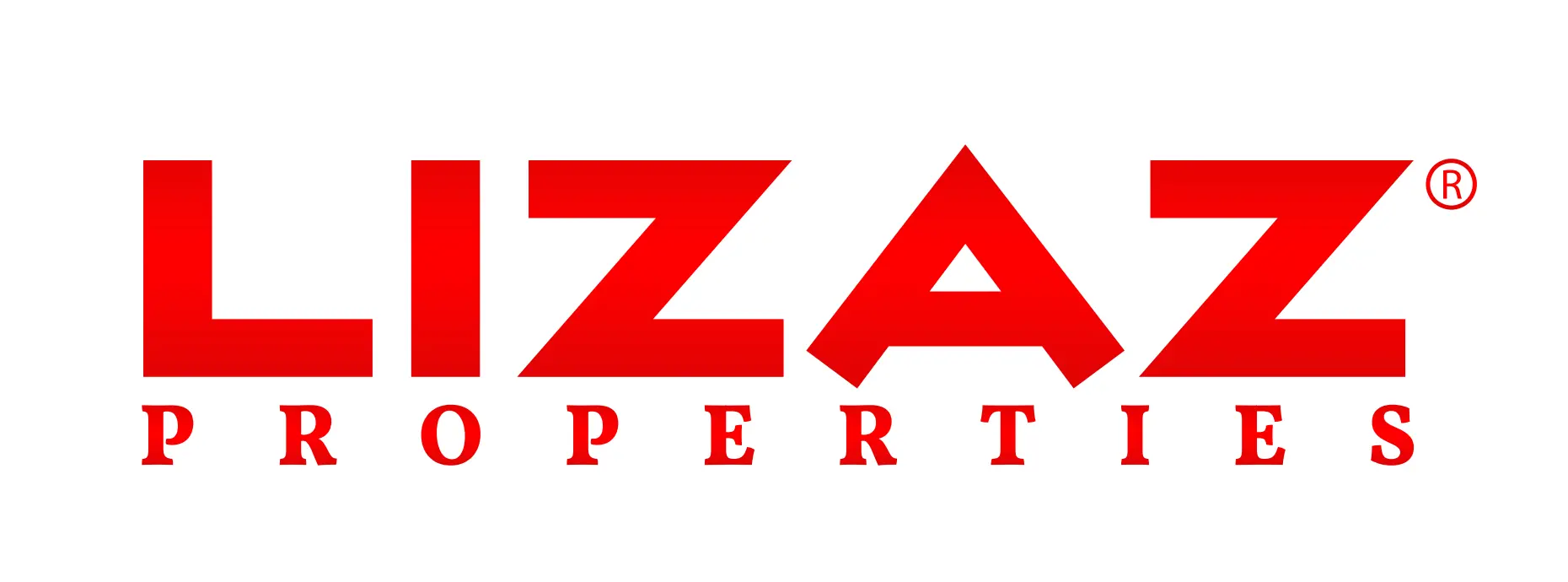
The Ultimate Guide to Retail Office Space for Lease
Introduction: Unlocking the Potential of Retail Office Leasing
In today’s competitive commercial property landscape, retail office space for lease has become one of the most in-demand investment and business expansion avenues. From boutique brands to growing startups, flexible retail offices offer a dynamic balance of visibility, accessibility, and professional appeal.
Businesses are increasingly drawn toward mixed-use developments and hybrid office concepts that merge customer engagement with work efficiency. Choosing the right retail office lease can dramatically impact profitability, brand image, and long-term growth potential.
Whether you’re a tenant, investor, or property manager, this comprehensive guide by Lizaz Properties® explores everything you need to know—from leasing strategies to design trends, cost analysis, and global market insights.
1. Understanding Retail Office Leasing
Retail office space represents a hybrid model that combines retail exposure with office functionality. It’s ideal for service-based companies, boutique agencies, or businesses that thrive on customer walk-ins.
1.1 What Makes Retail Office Spaces Unique
-
Street-Level Visibility: Access to foot traffic while maintaining a corporate atmosphere.
-
Brand Identity: A storefront presence that enhances credibility.
-
Operational Flexibility: Adaptable layouts for different business types—showrooms, agencies, clinics, or studios.
1.2 Types of Retail Office Spaces
-
Mixed-Use Retail Offices: Ideal for businesses that blend sales and services.
-
Downtown Retail Offices: Perfect for professionals seeking proximity to commercial hubs.
-
Small Retail Offices: Budget-friendly and suited for startups or consultants.
-
Premium Retail Suites: Tailored for high-end brands or multinational franchises.
2. Why Lease Instead of Buy?
Leasing offers scalability, lower capital risk, and operational freedom.
2.1 Key Benefits
-
Lower Upfront Cost: Avoid the large capital investment required for property ownership.
-
Flexibility: Short- and long-term lease options allow easy relocation or expansion.
-
Maintenance Support: Most leases include property management services.
2.2 Ideal for Growing Brands
Leasing enables you to test new locations or markets without long-term financial commitment—critical in fast-changing urban economies.
3. How to Lease Retail Office Space: A Step-by-Step Guide
Step 1: Identify Your Requirements
Determine size, location, visibility, and accessibility needs. Consider nearby transportation, parking, and neighborhood demographics.
Step 2: Research Market Trends
Study the local retail office market analysis to identify vacancy rates, lease terms, and competitive pricing.
Step 3: Shortlist and Visit Properties
Use platforms like retail office property listings and real estate agencies to compare options. Conduct physical tours to assess layout efficiency, infrastructure, and design compatibility.
Step 4: Negotiate the Lease
Negotiation involves understanding:
-
Rent per square foot
-
Lease duration (short-term vs. long-term)
-
Maintenance responsibilities
-
Fit-out or renovation permissions
Step 5: Review the Agreement
Engage a real-estate attorney or consultant to ensure compliance with zoning, licensing, and tenant protection laws.
4. Understanding Lease Terms and Agreements
4.1 Common Lease Types
| Lease Type | Description | Ideal For |
|---|---|---|
| Gross Lease | Landlord covers taxes, insurance, and maintenance | Tenants seeking predictability |
| Net Lease | Tenant pays rent plus part of taxes and maintenance | Larger businesses |
| Percentage Lease | Rent based on base fee + sales percentage | Retailers and boutiques |
4.2 Key Clauses
-
Renewal Options
-
Termination Conditions
-
Subleasing Rights
-
Rent Escalation Clauses
4.3 Lease Duration
Short-term leases (6–24 months) offer agility, while long-term leases (3–10 years) ensure stability and better rental rates.
5. Choosing the Right Location
Location determines visibility, traffic, and success.
5.1 Factors to Evaluate
-
Foot Traffic: Essential for client-facing businesses.
-
Accessibility: Proximity to highways, transport, and amenities.
-
Demographics: Align target customers with local population profiles.
5.2 Top Global Retail Office Markets
Cities like London, Dubai, Singapore, Toronto, and New York remain hotspots due to high consumer density and infrastructure maturity.
5.3 Urban and Downtown Opportunities
Urban retail office spaces offer access to innovation clusters and coworking hubs, while suburban developments cater to affordable scalability.
6. Retail Office Design and Layout Considerations
Modern retail offices combine functionality with brand aesthetics.
6.1 Layout Types
-
Open-Plan Spaces: Encourage collaboration and visibility.
-
Partitioned Suites: Provide privacy and sound control.
-
Flexible Work Zones: Ideal for hybrid and coworking setups.
6.2 Design Essentials
-
Lighting: Natural light improves productivity.
-
Signage: Reinforces brand recognition.
-
Technology Integration: Smart locks, automated lighting, and IoT-driven climate control.
6.3 Sustainability Trends
Sustainable materials, energy-efficient HVAC systems, and green certifications are reshaping modern retail office design.
7. Cost Analysis: What Affects Retail Office Lease Rates
Several variables determine cost:
| Factor | Impact on Cost |
|---|---|
| Location | Prime city centers demand premium pricing |
| Building Grade | Class A offices command higher rents |
| Amenities | On-site parking, security, and lounges add value |
| Lease Duration | Long-term leases may offer discounted rates |
| Market Conditions | Vacancy rates and demand influence pricing |
Pro tip: Compare average retail office lease cost across multiple districts to negotiate from a position of knowledge.
8. Trends Shaping the Future of Retail Office Leasing
8.1 Hybrid and Flexible Leasing Models
Coworking and shared retail office spaces are redefining leasing. Businesses now seek scalable solutions that adapt to shifting team sizes and hybrid work models.
8.2 Technology Integration
Smart property management tools streamline lease tracking, energy monitoring, and tenant communications.
8.3 Sustainable Retail Office Spaces
Green certifications, solar panels, and energy-efficient lighting are becoming key leasing incentives for retail offices worldwide.
8.4 Global Market Forecast
According to recent reports, demand for flexible, mixed-use retail office properties will continue to grow in top urban hubs, driven by startups and retail-service hybrids.
9. Retail Office Investment Opportunities
Retail office properties offer steady rental yields and asset appreciation.
9.1 Investor Advantages
-
Diversified tenant mix
-
Long-term rental stability
-
Inflation-hedged income streams
9.2 Risk Considerations
Evaluate tenant reliability, lease duration, and economic conditions before investing.
9.3 REIT Opportunities
Commercial REITs focusing on retail office portfolios provide indirect exposure with liquidity advantages.
10. Leasing Best Practices
10.1 Conduct Due Diligence
Inspect property documents, licenses, and safety certifications before signing any lease.
10.2 Evaluate Tenant Requirements
Match space layout with operational workflows—retail offices with showroom sections, storage, or client-interaction areas.
10.3 Work with Leasing Professionals
Experienced leasing companies and property managers, such as Lizaz Properties®, simplify the process through tailored solutions, legal compliance, and portfolio diversification.
11. Common Mistakes to Avoid When Leasing Retail Office Space
-
Skipping Market Research: Always verify current rates and occupancy trends.
-
Ignoring Lease Fine Print: Legal details can affect renewals or early exits.
-
Underestimating Build-Out Costs: Tenant improvements can be costly without pre-negotiation.
-
Overlooking Visibility: A well-located office can double your walk-in traffic.
-
Neglecting Future Scalability: Choose spaces that can accommodate future growth.
12. Negotiating a Retail Office Lease Like a Pro
12.1 Preparation Is Key
Understand market averages before entering negotiation. Leverage data from retail office leasing companies and local brokers.
12.2 What to Negotiate
-
Rent Reductions: Request lower base rent or free-rent periods.
-
Tenant Improvement Allowances: Landlords may cover part of renovation costs.
-
Flexible Lease Terms: Add renewal or expansion clauses.
-
Incentives: Parking privileges or signage rights.
12.3 Documentation Essentials
Ensure the retail office lease agreement includes all negotiated points and compliance with commercial property laws.
13. Comparing Leasing vs. Buying Retail Office Space
| Criteria | Leasing | Buying |
|---|---|---|
| Initial Cost | Low | High |
| Flexibility | High | Limited |
| Maintenance | Shared with landlord | Owner responsibility |
| Equity Growth | None | Yes |
| Scalability | Easier | Complex |
For growing enterprises, leasing provides adaptability and resource optimization—especially when experimenting with new retail markets.
14. The Future of Retail Office Leasing
The global shift toward flexible workspaces and experience-driven retail models has redefined the meaning of “office.” Future-ready retail offices will emphasize sustainability, technology integration, and customer engagement.
Expect increasing adoption of:
-
Smart energy management systems
-
Hybrid leasing contracts
-
Mixed-use developments integrating retail, leisure, and workspace
Industry analysts predict that demand for flexible retail office leasing will outpace traditional leasing formats, particularly in urban and emerging global markets.
15. How to Find the Best Retail Office Space
15.1 Digital Listings and Platforms
Explore verified online portals to browse current retail office space availability by location, type, and price.
15.2 Work with Property Management Firms
Firms like Lizaz Properties® provide curated options and manage end-to-end leasing logistics, ensuring legal compliance and fair valuation.
15.3 Site Visits and Evaluation
Always visit shortlisted properties to assess visibility, layout, natural lighting, and parking access before signing.
Conclusion: The Strategic Power of Retail Office Leasing
Leasing retail office space is more than a real-estate decision—it’s a business growth strategy. From improving brand presence to optimizing operational costs, it offers a balanced path between visibility and scalability.
By understanding lease structures, market trends, and negotiation tactics, businesses can secure retail offices that enhance both productivity and profitability.
For tenants and investors alike, partnering with seasoned professionals such as Lizaz Properties® ensures a smooth journey through every phase of the leasing process—identification, negotiation, and management.
Retail office leasing is evolving rapidly, blending flexibility, design innovation, and sustainability. Those who act strategically today will be best positioned to capture tomorrow’s opportunities.



